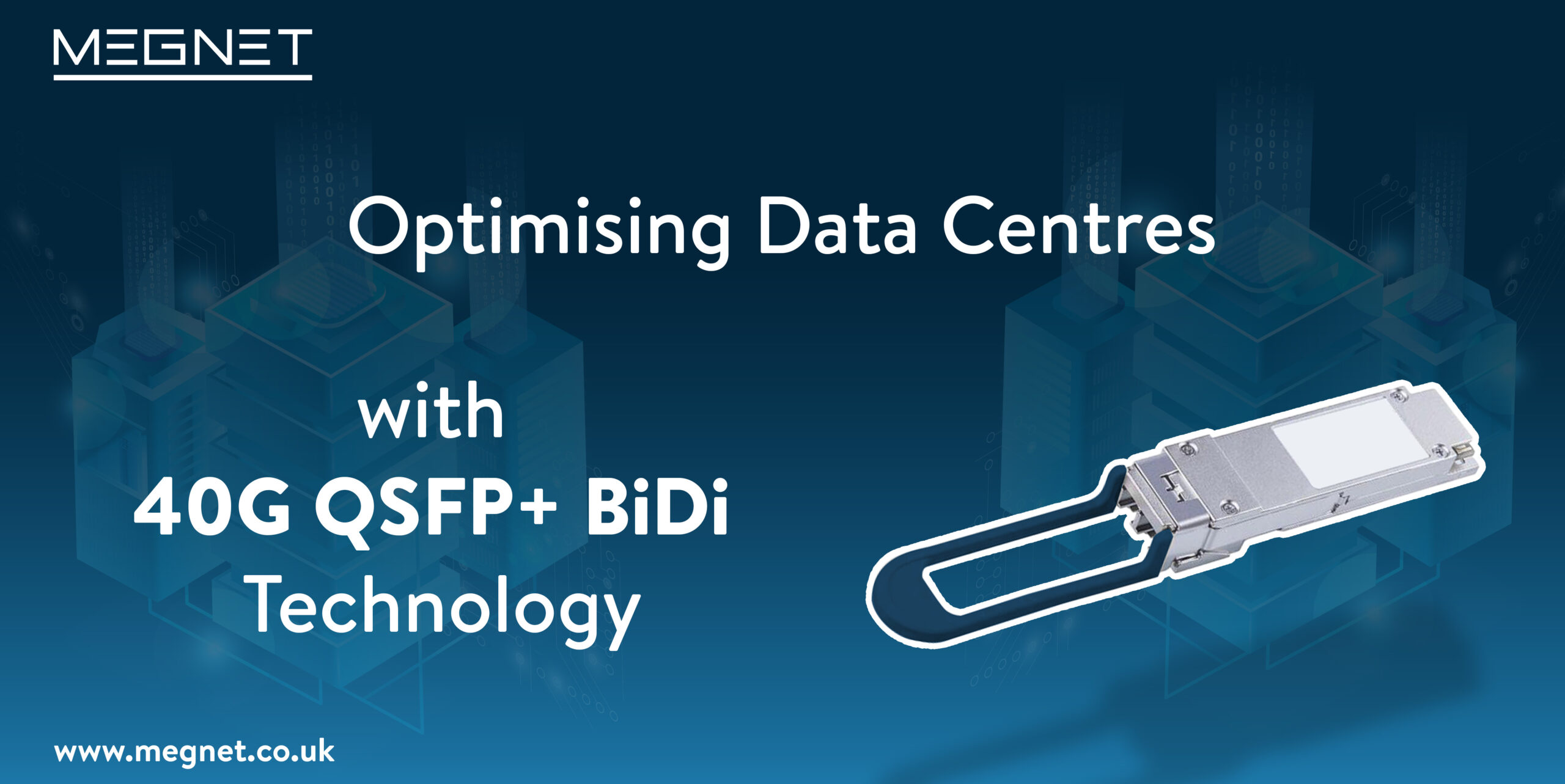
The need for more rapid and effective data transmission is constantly increasing. To meet the ever-increasing data needs of businesses and consumers, data centres are under increasing pressure to increase both their bandwidth and decrease their latency. The need for novel approaches to addressing these challenges is underscored by the fact that inefficient data transmission can lead to bottlenecks, longer response times, and higher operating expenses.
40G QSFP+ BiDi (Bidirectional) technology has emerged as a possible answer to the pressing demand for increased data transmission efficiency and speed within data centres. The advantages of this technology over more conventional methods of data centre networking are considerable. Essentially tripling data performance while also streamlining cable architecture, 40G QSFP+ BiDi technology enables bidirectional data transfer over a single pair of fibres.
In this blog, we will delve deeper into the benefits, use cases, implementation considerations, and deployment best practices surrounding this revolutionary 40g BiDi technology.
Why is 40G QSFP+ BiDi Technology important?
- Principle of BiDi Technology: BiDi technology relies on the principle of wavelength division multiplexing (WDM). It utilises two different wavelengths to transmit and receive data on the same fibre strand simultaneously. This innovative approach allows for efficient utilisation of existing cabling infrastructure.

Principle of Operation
- Doubling Bandwidth: With 40G QSFP+ BiDi technology, data-centres can achieve a 40 Gbps (Gigabits per second) data rate using only two fibres, effectively doubling the bandwidth capacity compared to traditional methods that require multiple fibres for the same throughput.
- Reduced Cabling Complexity: Traditional data centre setups often involve a maze of cables, leading to increased complexity, higher installation costs, and greater susceptibility to errors. 40g BiDi technology streamlines this by simplifying cabling requirements, reducing clutter, and minimising the risk of cable misconfiguration.
- Enhanced Cost-Effectiveness: Implementing 40g BiDi technology can result in substantial cost savings in data transmission. Fewer cables and connectors are needed, reducing both initial setup costs and ongoing maintenance expenses. Additionally, the reduced power consumption and heat generation contribute to energy savings.
- Improved Energy Efficiency: Data centres are notorious for their energy consumption. BiDi technology’s streamlined infrastructure and reduced hardware requirements lead to lower power consumption, making it a more environmentally friendly option for data transmission.
What is 40G QSFP+ BiDi Technology and how does it work?
40G QSFP+ BiDi (Bidirectional) technology is an advanced networking solution designed to achieve high-speed data transmission in data centre environments. It is specifically designed for 40 Gigabit per second (Gbps) data rates and is known for its efficiency and simplicity in transmitting data over optical fibre networks. 
Cisco 40/100G QSFP BiDi transceiver module
40G QSFP+ BiDi technology operates on the principle of wavelength division multiplexing (WDM), which allows data to be transmitted and received simultaneously over a single pair of optical fibres.
A detailed outline of the process of working of it:
- Wavelength Separation: In a BiDi setup, two distinct wavelengths are used for data transmission and reception. One wavelength is used to transmit data from one end of the connection to the other, while the second wavelength is employed to receive data from the opposite end.
- Optical Components: 40G QSFP+ BiDi transceivers are equipped with specialised optical components, including wavelength-selective filters and multiplexers. These components ensure that the correct wavelengths are used for transmission and reception.
- Simultaneous Data Flow: The unique feature of 40g BiDi technology is its ability to enable data to flow in both directions concurrently (upstream and downstream) over the same pair of optical fibres. While data is being transmitted from one end of the connection, data can be received at the other end without interference, effectively doubling the data throughput.
Know more about Cisco 10GBASE SFP+ Transceivers here.
Key Advantages of BiDi Technology Over Traditional Alternatives
- Increased Bandwidth Efficiency: BiDi technology provides a 40 Gbps data rate using just two fibres, whereas other methods may require multiple fibre pairs. This efficiency means businesses can maximise their existing infrastructure without the need for costly fibre upgrades.
- Reduced Cabling Complexity: Traditional methods of data transmission often involve a web of cables and connectors, leading to complexity, higher installation costs, and increased chances of misconfiguration. BiDi technology simplifies cabling, resulting in a neater and more organised setup.
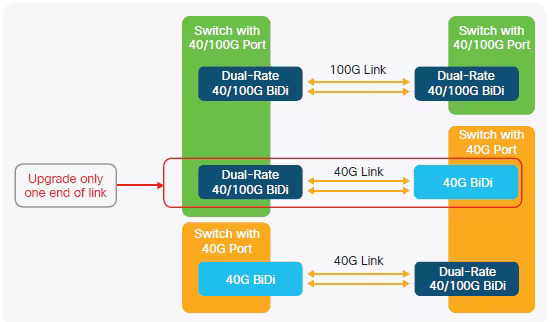
Interoperability with 40G BiDi
- Cost-Effective Scaling: As centres for higher data transmission grow and require higher bandwidth, 40g BiDi technology offers a cost-effective way to scale. The reduced need for additional fibres and associated equipment translates to significant cost savings over time.
- Energy Efficiency: BiDi technology contributes to data centre energy efficiency by reducing power consumption and heat generation. With fewer components and less hardware to power, it aligns with the industry’s push for greener, more sustainable operations.
- Compatibility: 40g BiDi transceivers are often designed to be compatible with existing infrastructure, allowing data-centres to adopt the technology without the need for a complete overhaul of their network.
- Future-Proofing: As data demands continue to grow, BiDi technology remains relevant. It offers a path to even higher data rates by utilising additional wavelengths or upgrading to higher-capacity transceivers without significant changes to the infrastructure.
Benefits of Implementing 40G QSFP+ BiDi technology
- Lower Latency: 40G QSFP+ BiDi technology reduces latency by efficiently transmitting data over shorter distances within data-centres. With separate wavelengths for transmit and receive operations, the signal path is shorter, resulting in minimal delays. This is particularly crucial for applications that demand low-latency communication, such as high-frequency trading or real-time video streaming, ensuring faster data processing and responsiveness.
- Improved Signal Integrity: 40g BiDi technology enhances signal integrity by mitigating the impact of signal degradation and electromagnetic interference. Separate wavelengths for transmit and receive functions minimise crosstalk and optical noise, leading to consistently high-quality data transmission. This translates to fewer errors, reduced retransmissions, and overall improved network reliability, vital for mission-critical data centre operations.
- Wavelength Reuse: Scalability is a key advantage of 40G QSFP+ BiDi technology. Data-centres can easily scale their networks by adding more wavelengths to the existing fibre infrastructure, maximising resource utilisation. This adaptability in data transmission enables gradual network expansion, reducing upfront costs and ensuring that data centres can meet growing bandwidth demands while maintaining operational efficiency.
- Backward Compatibility: BiDi transceivers are designed with backward compatibility in mind. This means they can seamlessly integrate with legacy optical transceivers and infrastructure. Data centres can upgrade their networks to 40G BiDi without disrupting existing operations, saving time and resources while benefiting from higher bandwidth and efficiency.
- Optical Budget Flexibility: BiDi technology offers optical budget flexibility, allowing data centres to extend the reach of their network connections over longer distances. This feature is valuable for large-scale data centres where diverse connectivity needs exist for data transmission. By optimising optical budgets, data centres can connect more remote facilities, enable disaster recovery capabilities, and expand their network footprint with ease.
Implementation Considerations
Compatibility with Existing Infrastructure
Before implementing 40G QSFP+ BiDi technology, data centre operators need to assess the compatibility of this technology with their existing infrastructure. Key considerations include:
- Fibre Compatibility: Ensure that the existing optical fibre infrastructure is compatible with 40g BiDi technology. BiDi transceivers typically work with standard single-mode or multi-mode fibres, but fibre type and quality should be assessed for optimal performance.
- Switch and Router Compatibility: Check whether the data centre’s network switches and routers are compatible with 40g BiDi transceivers. Some older hardware may require firmware updates or replacement to support BiDi technology.
- Interoperability: Verify that 40g BiDi BiDi transceivers from different vendors can work seamlessly together if multiple suppliers are involved in the network setup.
- Migration Plan: Develop a migration plan to transition from the current network setup to the new 40g BiDi technology. This plan should include testing and validation steps to ensure a smooth transition without service interruptions.
Deployment Best Practices
To maximise the benefits of 40G QSFP+ BiDi technology, adhere to deployment best practices:
- Testing and Validation: Conduct thorough testing and validation of 40g BiDi equipment and connections before deploying them in a production environment. This includes checking signal quality, ensuring proper wavelengths are used, and verifying data throughput.
- Cabling Management: Implement robust cable management practices to keep the network organised and easily maintainable. Label cables, document connections, and use cable trays or racks to reduce cable clutter.
- Redundancy: Consider redundancy for critical network components. Implementing backup links and spare BiDi transceivers can help ensure network availability in case of component failure.
- Documentation: Maintain comprehensive documentation of the 40g BiDi network setup, including configurations, port mappings, and maintenance logs. This documentation is invaluable for troubleshooting and future expansion.
- Training: Ensure that network technicians and administrators are trained in BiDi technology and understand its unique characteristics and requirements.
Potential Challenges and How to Overcome Them:
While 40G QSFP+ BiDi technology offers numerous benefits, there are potential challenges to be aware of:
- Budget Constraints: The initial investment in BiDi transceivers may be higher than traditional alternatives. To overcome this challenge, assess the long-term cost savings and performance improvements that BiDi technology can provide.
- Migration Complexity: Transitioning from an existing network to 40g BiDi BiDi technology can be complex. To mitigate this challenge, plan the migration carefully, test extensively, and consider a phased approach to minimise disruptions.
- Interoperability Issues: Interoperability issues may arise when integrating BiDi technology from different vendors. Ensure that all components are compatible and consider standardised solutions to avoid compatibility problems.
- Upfront Fibre Assessment: Some data centres may require upgrades to their fibre infrastructure to support 40g BiDi technology. Perform a thorough fibre assessment to identify any necessary upgrades and plan accordingly.
- Limited Reach: BiDi technology may have limitations in terms of the maximum distance it can cover. For longer-distance connections, consider hybrid solutions or alternative technologies.
Comparison with Other Data Centre Connectivity Solutions
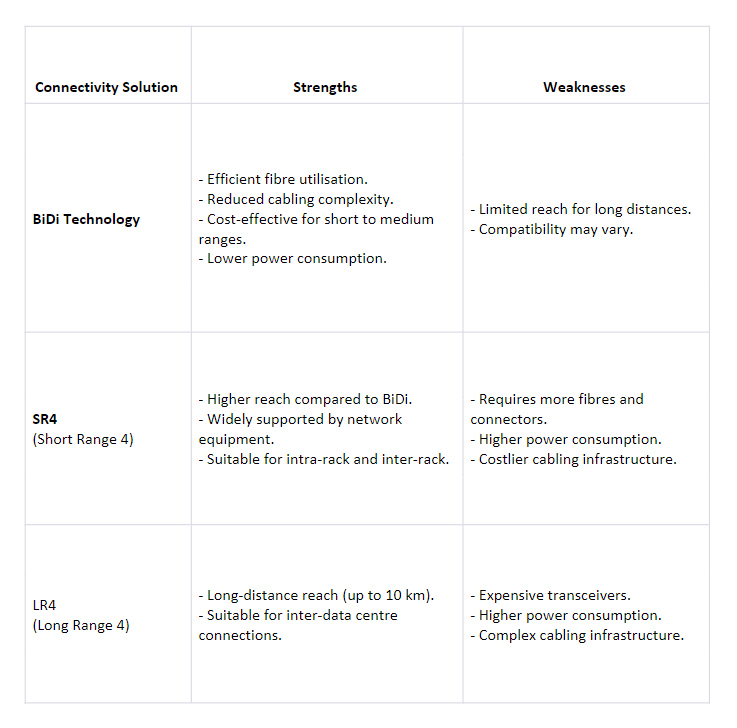
Conclusion
The adoption of 40G QSFP+ BiDi technology signifies a transformative leap in data centre connectivity. In response to the escalating demand for higher bandwidth, reduced complexity, cost-effectiveness, and energy efficiency, BiDi technology offers a compelling solution. Its innovative use of wavelength division multiplexing allows simultaneous data transmission and reception over a single pair of fibres, resulting in a range of substantial advantages.
BiDi technology not only augments bandwidth capacity but also streamlines cabling, thereby reducing costs and enhancing network organisation. Its compatibility with existing infrastructure simplifies integration, while its energy-efficient design aligns with the data centre industry’s sustainability goals.
While alternative solutions like SR4 and LR4 have their merits, BiDi technology’s efficiency and cost-effectiveness make it a standout choice for modern data centres. Its adaptability positions it as a versatile solution capable of meeting the dynamic demands of the digital era.
As data centres remain the backbone of our interconnected world, embracing 40G QSFP+ BiDi technology empowers operators to optimise their operations, address rising bandwidth requirements, and chart a more sustainable and efficient future.
FAQ's
40G QSFP+ BiDi (Bidirectional) technology is an advanced networking solution designed for high-speed data transmission in data centres. It utilises wavelength division multiplexing (WDM) to transmit and receive data simultaneously over a single pair of optical fibres, effectively doubling the data throughput.
BiDi technology uses two different wavelengths for transmission and reception. It allows data to flow in both directions (upstream and downstream) concurrently on the same fibre pair, optimising bandwidth utilisation.
BiDi technology offers increased bandwidth capacity, reduced cabling complexity, improved cost-effectiveness, and enhanced energy efficiency. It simplifies network infrastructure, reduces costs, and aligns with sustainability goals.
BiDi transceivers are designed to be compatible with standard single-mode or multi-mode fibres and can often integrate with existing infrastructure. However, compatibility may vary, so a compatibility assessment is recommended.
BiDi technology is suitable for various data centre applications, including intra-rack and inter-rack connectivity. It is especially beneficial for short to medium distances where cost-effective, high-speed data transmission is required.
BiDi technology offers higher bandwidth efficiency and reduced cabling complexity compared to SR4. It is cost-effective for shorter distances and more energy-efficient than LR4, which is designed for longer-range connections.
Yes, many data centres can upgrade their existing networks to BiDi technology by replacing or retrofitting transceivers and assessing their fibre infrastructure. It's essential to plan the migration carefully.
BiDi technology can lead to cost savings by reducing the number of fibres, connectors, and transceivers required. It also lowers power consumption, resulting in energy cost reductions.
BiDi technology has a limited reach for longer distances, making it less suitable for inter-data centre connections. Additionally, compatibility with existing infrastructure may require consideration.
BiDi technology can be adapted for higher data rates and scalability by adding more wavelengths or transitioning to higher-capacity transceivers, making it a flexible and future-proof choice for data centres.
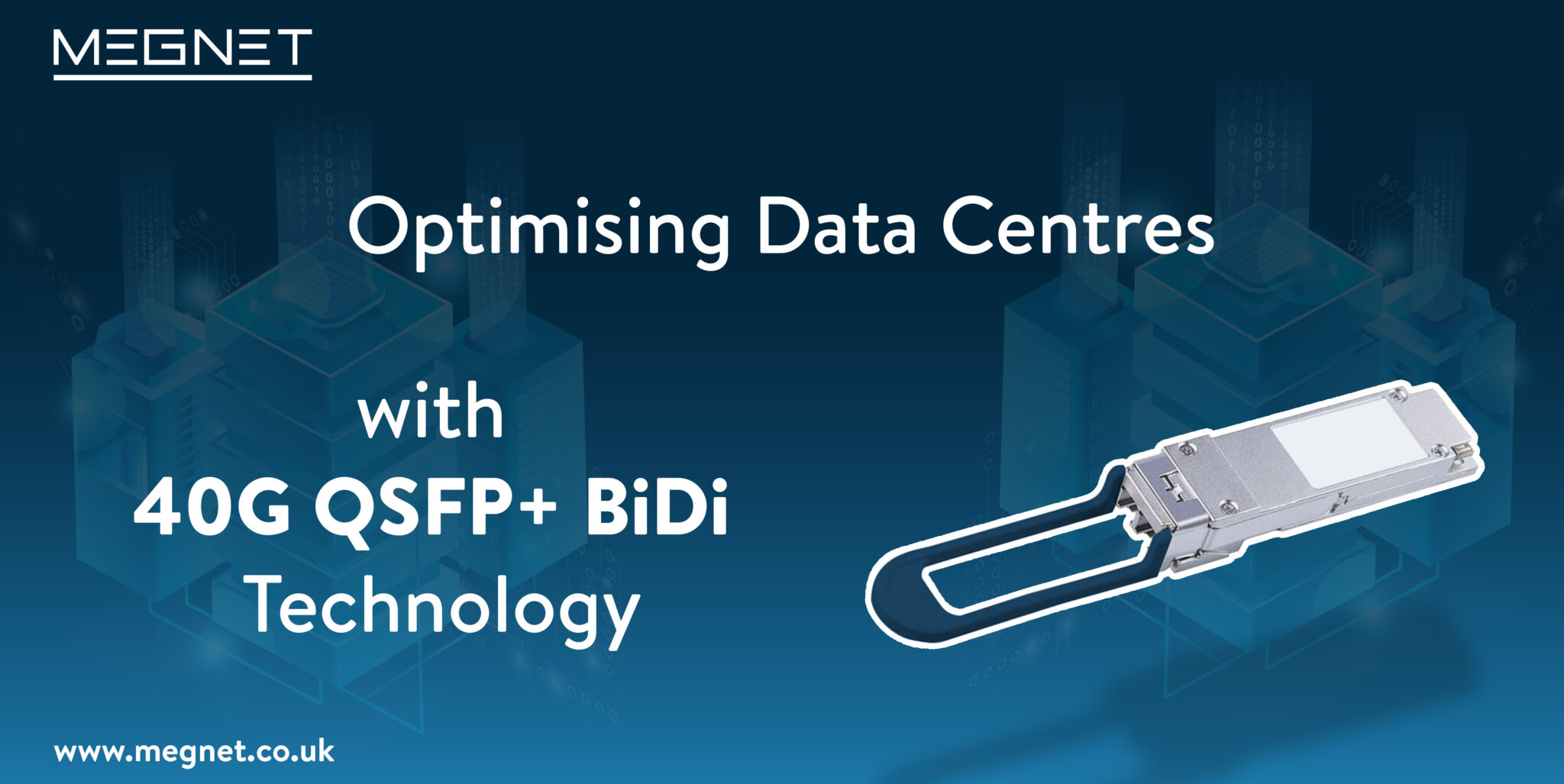

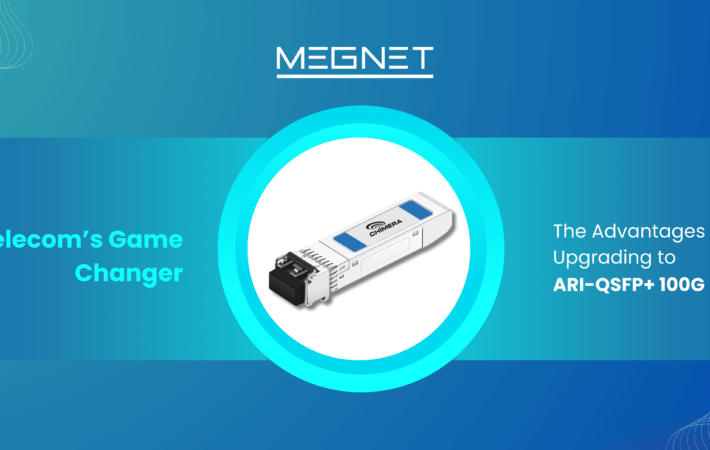

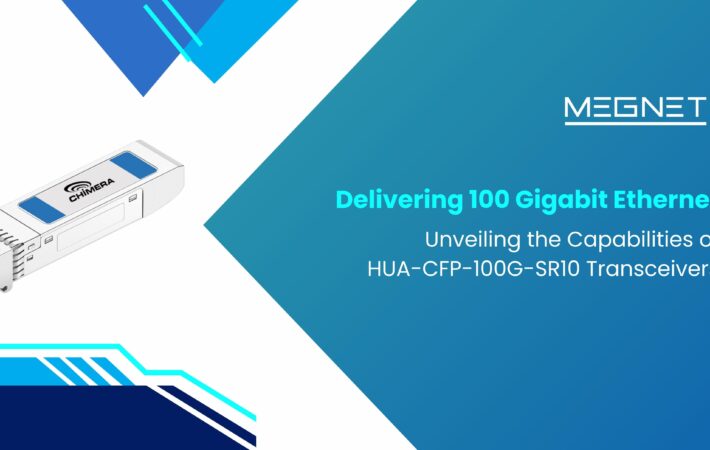
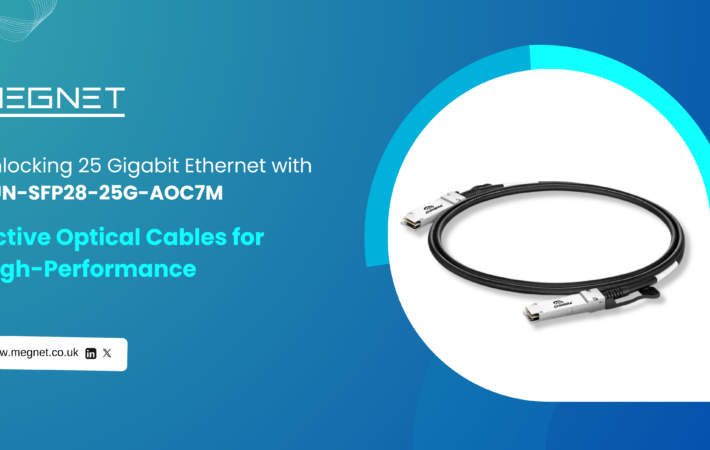
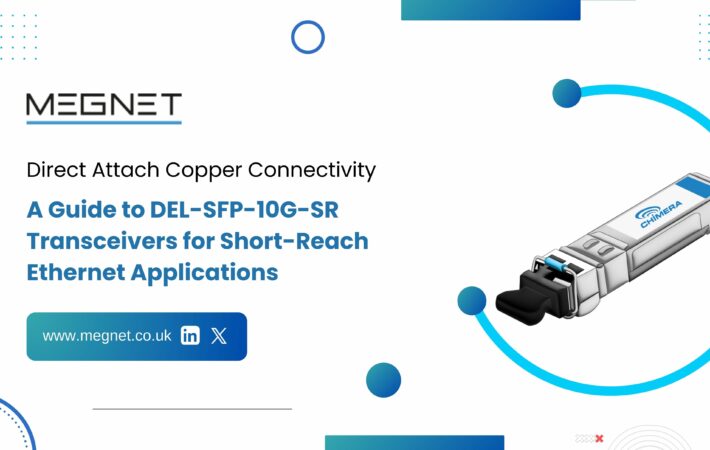


Leave a comment
Your email address will not be published. Required fields are marked *